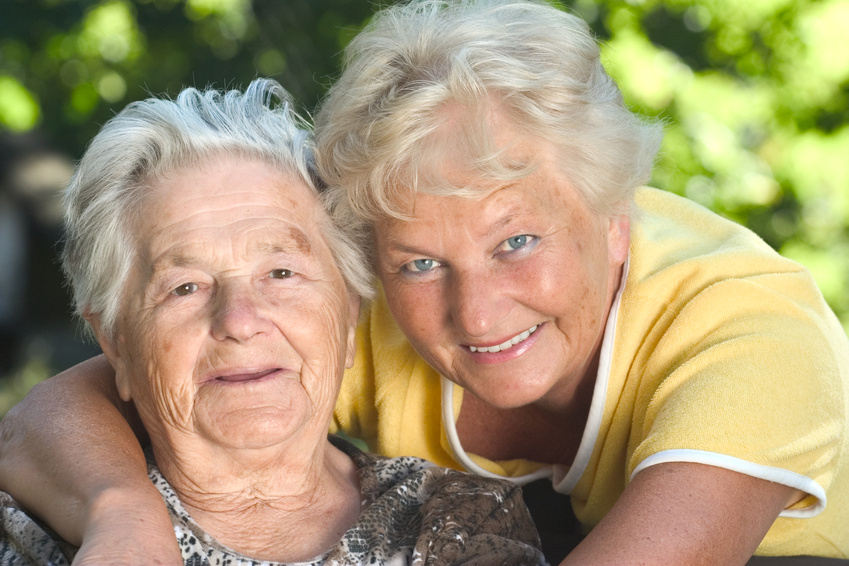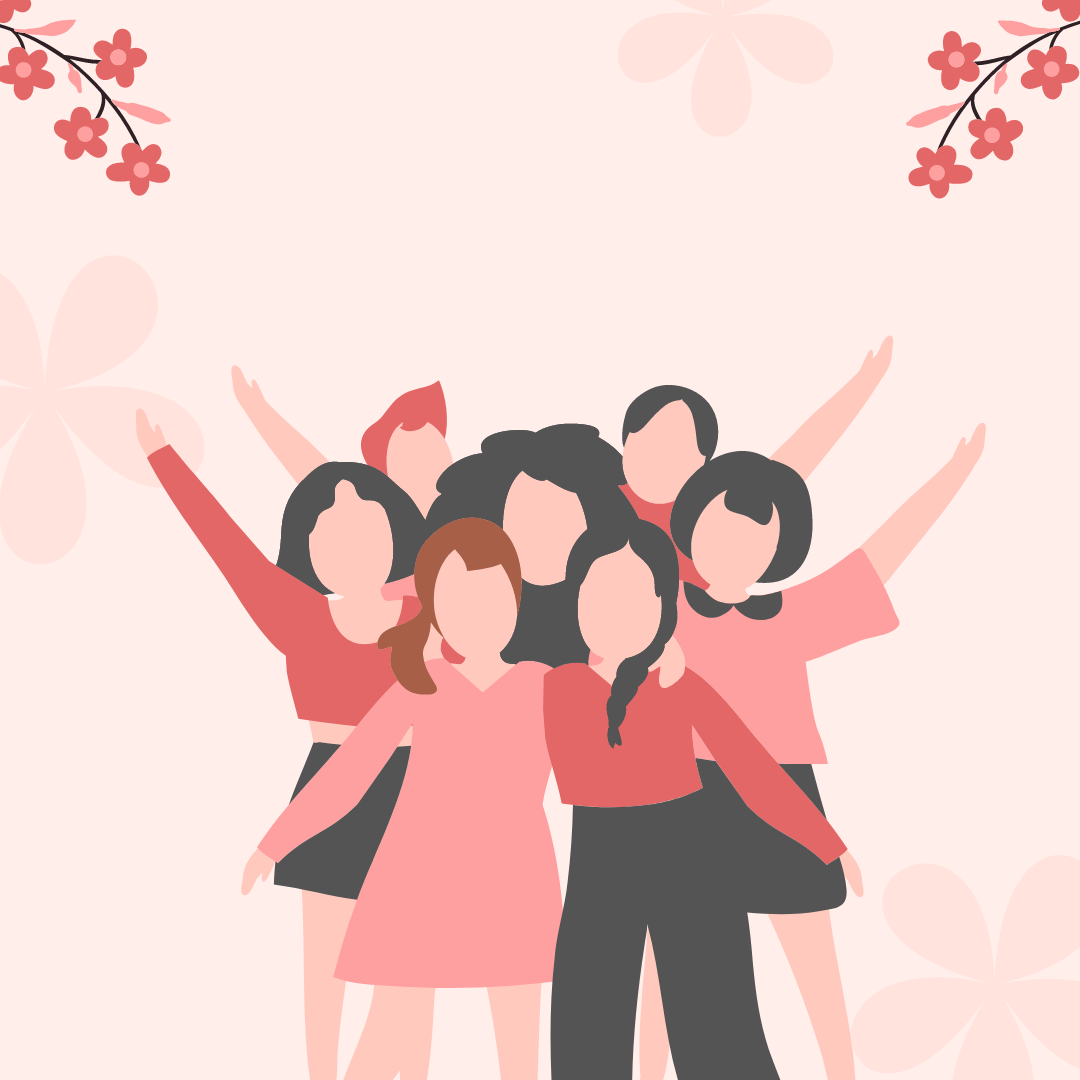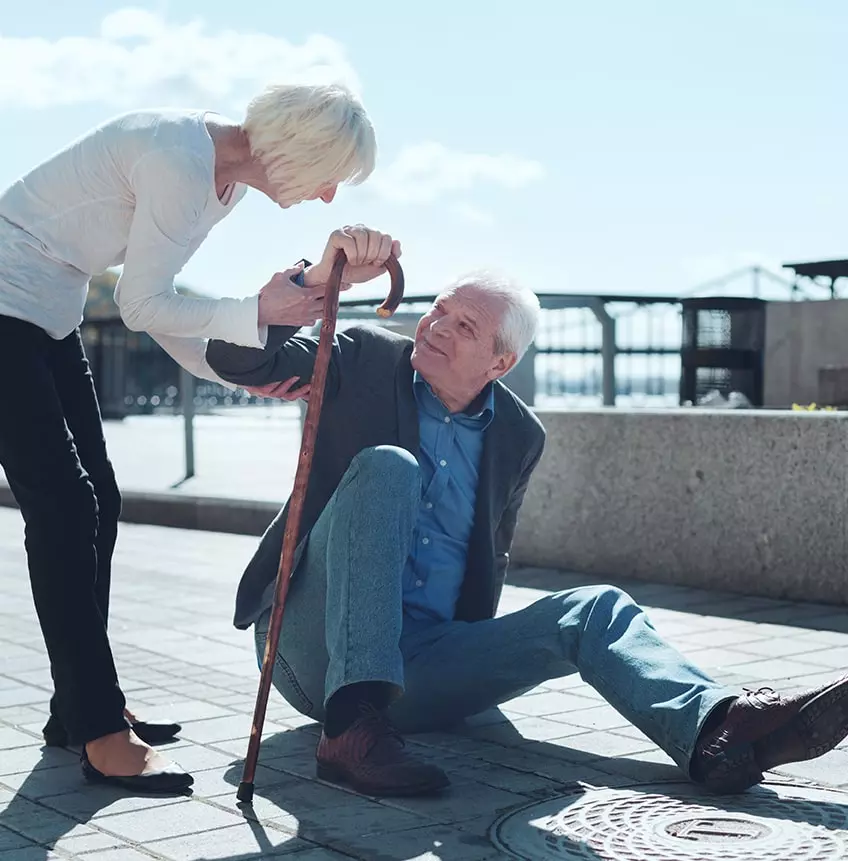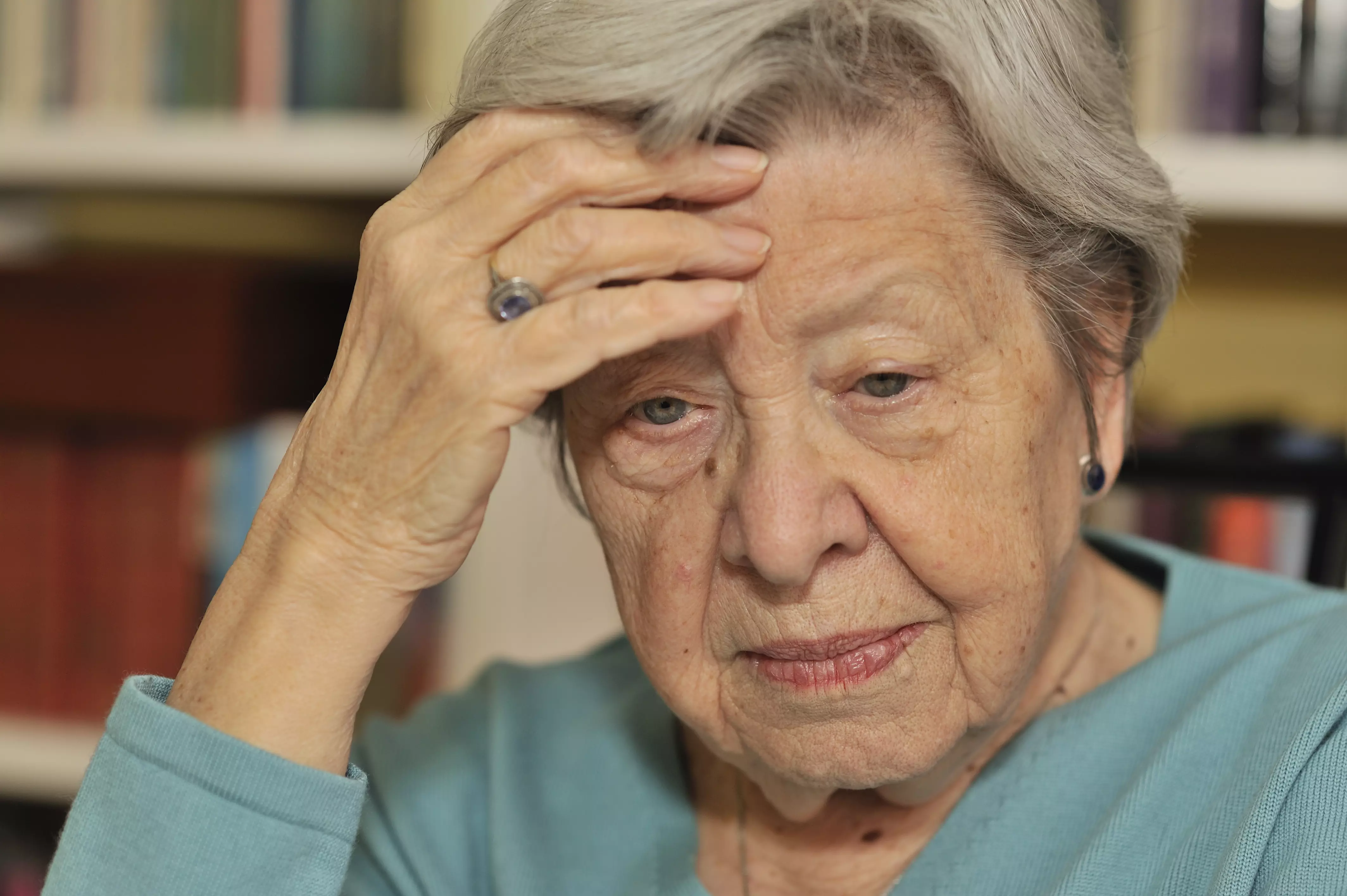
Shingles, scientifically known as herpes zoster, is a viral infection that often catches older adults by surprise. It emerges as a painful and blistering rash, leaving those who had chickenpox in the past wondering why this unwelcome visitor has reappeared. Let's delve into the world of shingles, its causes, symptoms, and available treatments.
The return of the chickenpox virus
Shingles is caused by the varicella-zoster virus, which is the same virus responsible for chickenpox. After a person recovers from chickenpox, the virus doesn't completely leave the body but lies dormant in the nerve cells near the spinal cord and brain. Years later, often when the immune system weakens due to aging, stress, or illness, the virus can reactivate and cause shingles.
The telltale symptoms
Shingles usually begins with unusual sensations in the affected area, such as burning, tingling, or itching. These sensations are often followed by the development of a painful rash that typically appears on one side of the body, following the path of a nerve. The rash evolves into clusters of fluid-filled blisters, which can break and form crusts. Along with the rash, individuals may experience:
- Pain: The pain associated with shingles can be excruciating and may persist even after the rash disappears.
- Fever: Some individuals may develop a fever and feel generally unwell.
The rash can take several weeks to heal, and the pain may linger for months, or in some cases, years. This persistent pain is known as postherpetic neuralgia and can significantly impact one's quality of life.
Who's at risk?
Shingles is more common in older adults, primarily because the risk increases with age. Additionally, individuals with weakened immune systems, due to conditions like HIV/AIDS or certain medications, are more susceptible to shingles. While anyone who had chickenpox in the past can develop shingles, the risk is higher in those over 50 years old.
Prevention and treatment
Vaccination is an effective method to reduce the risk of shingles. The shingles vaccine, also known as the herpes zoster vaccine, is recommended for individuals over the age of 50. It can significantly lower the likelihood of developing shingles and, if shingles does occur, can reduce the severity of symptoms.
Treatment for shingles typically involves antiviral medications to reduce the duration and severity of the infection. Pain management may also be necessary, especially if postherpetic neuralgia occurs.
In conclusion, shingles is a painful and often unexpected resurgence of the chickenpox virus that affects many older adults. While it can be uncomfortable and disruptive, vaccination and prompt medical attention can help manage and reduce the impact of this viral infection. By staying informed and taking preventive measures, individuals can better protect themselves against the unwelcome return of shingles.
We are here to help you choose a care home or facility best suited to your needs. Do not hesitate to contact us on the following number: 0230 608 0055 or fill out this form.
Ask questions about care homes suitable for you
Do you need a care home for yourself or your loved one?
Share this article :
Latest posts
You are looking for an establishment for your loved one ?
Get availability & prices
Fill in this form and receive
all the essential information
We would like to inform you of the existence of the opposition list for telephone canvassing.









.jpg)
